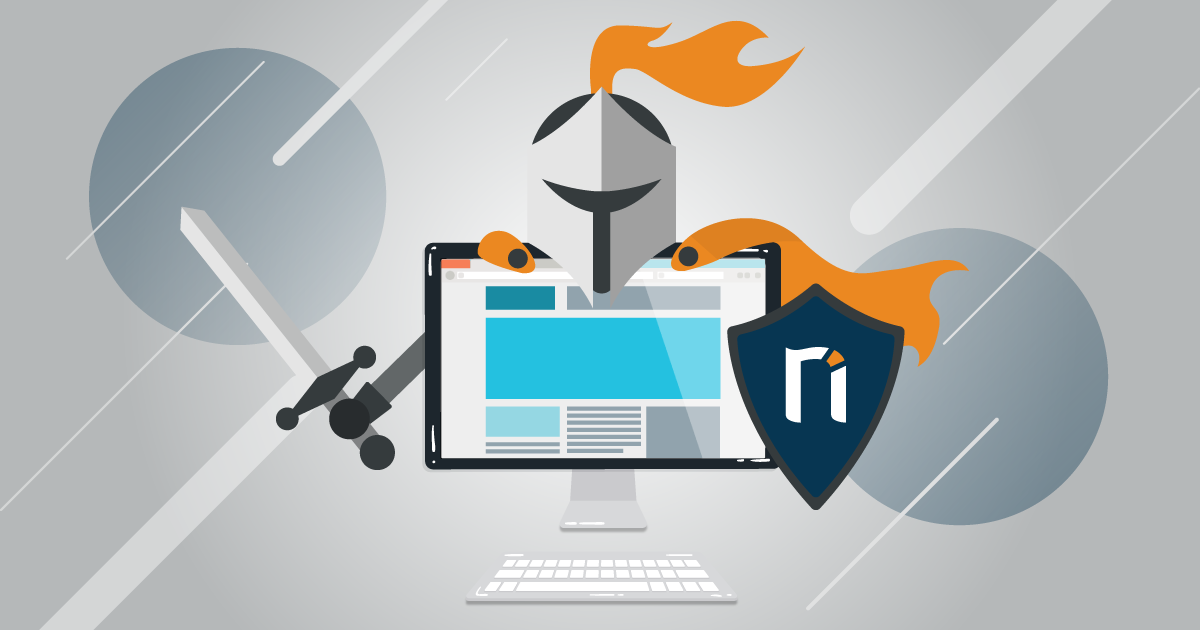Operating System Security Hardening: Key Measures and Best Practices | CyberSecRad

Operating system (OS) security encompasses the strategies, techniques, and measures designed to safeguard a computer’s or device’s OS from unauthorized access, cyber-attacks, and other potential threats.
A secure OS acts as a foundation for overall system security. Key security elements include:
- Access Control: Restrict access to system resources to ensure that only authorized users can interact with or modify sensitive components.
- Authentication and Authorization: Implement mechanisms that verify user identities and grant access based on predefined permissions, ensuring users only access what they are authorized to.
- Encryption: Utilize encryption techniques to protect data and communication channels from interception or unauthorized access.
- Auditing and Logging: Monitor and record system activities to identify, respond to, and investigate security incidents.
- Patching and Updates: Regularly apply security patches and updates to address known vulnerabilities in the OS and its components.
As a cybersecurity professional, you can implement several steps to fortify operating system security. Below are some critical measures:
1. Regular OS Updates
Ensure that your operating system is consistently updated with the latest security patches. This helps in addressing vulnerabilities and minimizing the risk of exploitation.
2. Strong Authentication and Access Control
Use robust authentication methods like two-factor authentication (2FA) to ensure that only legitimate users gain access. Role-Based Access Control (RBAC) can further restrict access to sensitive resources based on user roles, providing an additional layer of security.
3. Data and Communication Encryption
Encrypt sensitive data at all stages—whether in transit or at rest. Encryption protocols like Transport Layer Security (TLS) can safeguard communication, while encryption at rest secures stored data.
4. Effective Auditing and Logging
Implement thorough auditing and logging to continuously monitor system activities. This allows for swift detection of security breaches and can aid in forensic investigations if an attack occurs.
5. Endpoint Protection
Deploy endpoint protection solutions such as antivirus and anti-malware software to protect systems from malicious software and prevent unauthorized code execution.
6. Network Security with Firewalls
Firewalls help regulate network traffic by enforcing security rules that block unauthorized access. Firewalls act as a first line of defense against attacks that target the operating system via network vulnerabilities.
7. Intrusion Detection and Prevention
Employ Intrusion Detection Systems (IDS) and Intrusion Prevention Systems (IPS) to monitor network and system traffic for signs of malicious activity. Network-based IDS (NIDS) and host-based IDS (HIDS) can provide layered protection against intrusion attempts.
8. Secure System Configurations
Follow security best practices and configuration guidelines such as those outlined by the Center for Internet Security (CIS) and the National Institute of Standards and Technology (NIST). Proper configuration can prevent common vulnerabilities that attackers exploit.
By adhering to these strategies, you can significantly strengthen your operating system’s defenses and reduce the likelihood of security breaches. Ensuring your OS is secure is an essential step in building a more resilient and secure cyber environment.










